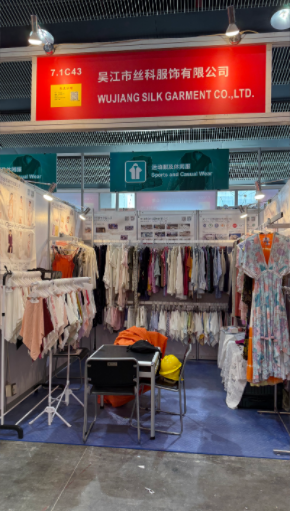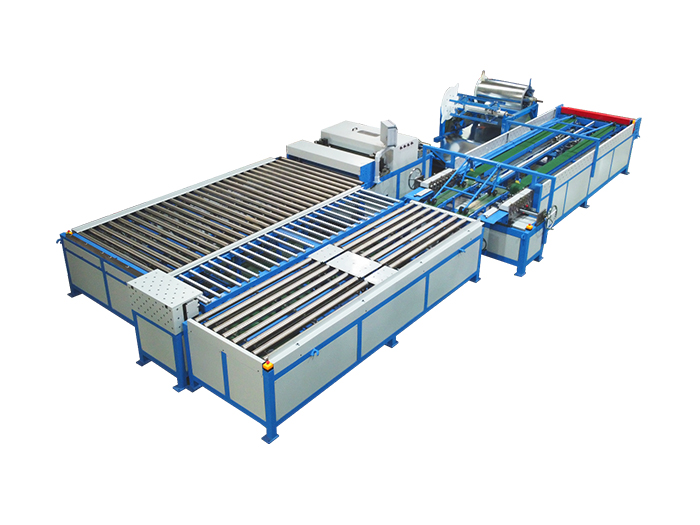Introduction
Hazardous waste management has become an increasingly complex challenge across industries. From pharmaceuticals and petrochemicals to medical facilities and chemical plants, the safe treatment of toxic materials is not optional—it is a regulatory and environmental necessity. One of the most reliable solutions is the rotary kiln incineration system, a technology that ensures complete combustion of hazardous waste under controlled conditions.
However, not all hazardous waste is the same. The waste stream produced by a pharmaceutical company is vastly different from that of an oil refinery or a hospital. This is why customization in rotary kiln incineration systems is critical. At Aoli Environmental Protection Technology, a professional manufacturer of incinerators in China, we specialize in delivering custom rotary kiln systems designed around specific waste profiles, industry standards, and sustainability goals.
This article explores the key design considerations when customizing a rotary kiln incineration system to maximize efficiency, safety, and compliance.
1. Waste Characteristics and Composition
The type of waste being treated is the first and most critical factor in system design. Hazardous waste can include:
-
Organic waste liquids: solvents, oils, and chemical effluents.
-
Hazardous chemical residues: pesticides, pharmaceutical by-products.
-
Industrial sludges: heavy-metal-laden waste from wastewater treatment.
-
Medical waste: infectious materials, sharps, and contaminated plastics.
Design considerations include:
-
Moisture content: High moisture requires more energy for drying.
-
Calorific value: Waste with higher heating value may require dilution or controlled feeding.
-
Ash content: High ash waste needs efficient ash handling and refractory linings.
Aoli’s engineering team evaluates these characteristics before recommending kiln dimensions, refractory materials, and combustion support systems.
2. Kiln Size and Capacity
The rotary kiln’s length, diameter, and slope directly affect its performance.
-
Longer kilns provide more residence time for complete combustion.
-
Larger diameters accommodate bulky or higher waste volumes.
-
Slope and rotation speed determine how quickly waste moves through the kiln.
For small-scale medical facilities, a compact kiln may be sufficient, whereas chemical plants often require large-scale rotary kilns with continuous operation capacity.
3. Temperature and Combustion Control
Effective incineration relies on precise control of temperature, oxygen levels, and turbulence—often referred to as the “three T’s of combustion.”
-
Primary kiln: Operates above 1000°C to decompose hazardous waste.
-
Secondary combustion chamber (SCC): Operates around 1200°C to destroy remaining pollutants like dioxins and furans.
-
Oxygen control systems: Maintain balance between efficiency and emission reduction.
A customized system may include special burners, pre-heating systems, or air distribution designs to ensure consistent combustion regardless of waste variability.
4. Refractory Lining Materials
The kiln lining protects the system against extreme heat and corrosive waste. Selection depends on:
-
Waste chemistry: Acidic waste may require high-alumina refractory.
-
Operating temperature: Higher-grade refractory for continuous high-temperature operation.
-
Abrasion resistance: Needed for abrasive or large solid wastes.
The right refractory ensures both system longevity and thermal efficiency.
5. Feeding Systems
Safe and reliable feeding is essential, especially when handling toxic or volatile waste. Custom options include:
-
Screw feeders for powders and sludges.
-
Ram feeders for solid hazardous waste.
-
Liquid injection lances for organic waste liquids.
-
Multi-feed ports for simultaneous input of different waste streams.
Automated feeding ensures consistent combustion and minimizes operator exposure to hazardous materials.
6. Flue Gas Treatment Systems
Meeting international regulatory standards is a non-negotiable requirement. Advanced flue gas treatment must be tailored to the waste type.
-
Quenching systems: Rapid cooling to prevent dioxin reformation.
-
Scrubbers: Neutralization of acid gases (HCl, SO₂, HF).
-
Bag filters: Capture particulates and heavy metals.
-
Activated carbon injection: Removal of mercury and organic pollutants.
Aoli customizes flue gas cleaning solutions to meet EU Directive, US EPA, and China GB standards, ensuring compliance worldwide.
7. Energy Recovery Integration
Custom systems increasingly include thermal energy recovery equipment. This transforms incineration into a resource generator.
Options include:
-
Waste heat boilers for steam production.
-
Hot water generation for industrial or facility use.
-
Electricity generation using turbines powered by recovered steam.
By integrating energy recovery, industries can reduce operating costs and contribute to sustainable development goals.
8. Automation and Monitoring Systems
Efficiency and safety can be greatly improved with digital automation:
-
SCADA systems for real-time process monitoring.
-
CEMS (Continuous Emission Monitoring Systems) for regulatory compliance.
-
Automated controls for feeding, temperature, and gas flow.
Customization ensures that operators can adapt easily to variable waste streams while minimizing manual intervention.
9. Ash Handling and Residue Management
Hazardous waste incineration produces ash that may still contain toxic components. Custom systems must include:
-
Quenching units for cooling.
-
Conveyors and silos for handling.
-
Stabilization units for solidification before landfill.
This ensures residues are safe for disposal and compliant with leachate standards.
10. Site-Specific Design Factors
When customizing a rotary kiln, site conditions play a crucial role:
-
Available space: Determines footprint and layout.
-
Utility connections: Fuel supply, power, and water availability.
-
Local climate: Affects insulation and cooling systems.
-
Regulatory framework: Varies by country, impacting emission design requirements.
Aoli’s team collaborates with clients from feasibility studies through commissioning, ensuring systems align with both technical requirements and site realities.
Benefits of Custom Rotary Kiln Incineration Systems
-
Maximized efficiency tailored to waste profiles.
-
Improved compliance with global emission standards.
-
Lower operating costs through optimized energy recovery.
-
Enhanced reliability due to robust design and materials.
-
Greater sustainability through reduced environmental impact.
Why Choose Aoli Environmental Protection Technology?
As a trusted incinerator manufacturer in China, Aoli Environmental Protection Technology provides comprehensive waste treatment solutions, including:
-
Medical waste pyrolysis furnaces
-
Process waste incinerators
-
Waste liquid and gas incinerators
-
Regenerative thermal oxidizers (RTO)
-
Hazardous waste rotary kiln incinerators
-
Thermal energy recovery systems
Our focus is on custom engineering, advanced emission control, and turnkey project delivery, ensuring long-term success for our clients worldwide.
www.jsalfsl.com
Jiangsu Aoli Environmental Protection Technology Co., Ltd.




